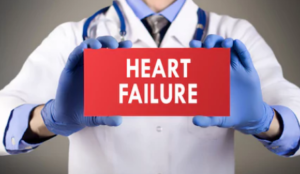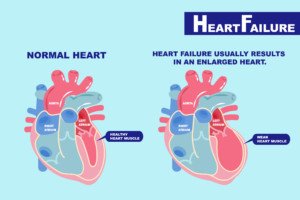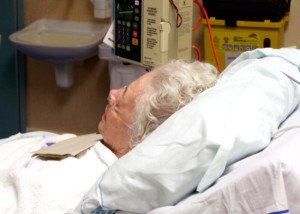
Is it possible to have a really low ejection fraction and still not have congestive heart failure?
“There are two major types of congestive heart failure (CHF),” begins Norman E. Lepor, MD, cardiologist and internal medicine specialist Norman E. Lepor, MD, who’s with Cedars Sinai in Beverly Hills, CA.
“Half of the patients with heart failure symptoms that include shortness of breath with exertion, easy fatigue, a decrease in exercise tolerance and lower extremity fluid accumulation (edema) have what we call preserved or normal ejection fraction due to stiff and thickened ventricular walls.
“This condition is seen in patients who have poorly treated chronic hypertension [high blood pressure] and/or coronary artery disease.
“The other half of patients with heart failure have abnormal ejection fractions or what is called systolic dysfunction.

Shutterstock/EstherQueen999
“There is wide variance in the threshold of ejection fractions in these types of heart failure patients, but one could expect symptoms to occur when the ejection fraction is less than 40 percent.”
How does patient’s level of fitness factor into this?
Dr. Lepor explains, “Fitness plays a pivotal role in developing symptoms of heart failure.
“In patients who exercise regularly and maintain good fitness, have muscles that are more efficient and need less oxygen and nutrition to function.
“Therefore the better fit one is, the less symptoms such as easy fatigue or exercise intolerance they would have at any level of ejection fraction reduction.”

Having performed over 4,000 coronary angiograms and angioplasties, Dr. Lepor has focused on prevention and treatment of coronary heart disease.
 Lorra Garrick has been covering medical, fitness and cybersecurity topics for many years, having written thousands of articles for print magazines and websites, including as a ghostwriter. She’s also a former ACE-certified personal trainer.
Lorra Garrick has been covering medical, fitness and cybersecurity topics for many years, having written thousands of articles for print magazines and websites, including as a ghostwriter. She’s also a former ACE-certified personal trainer.
.


























